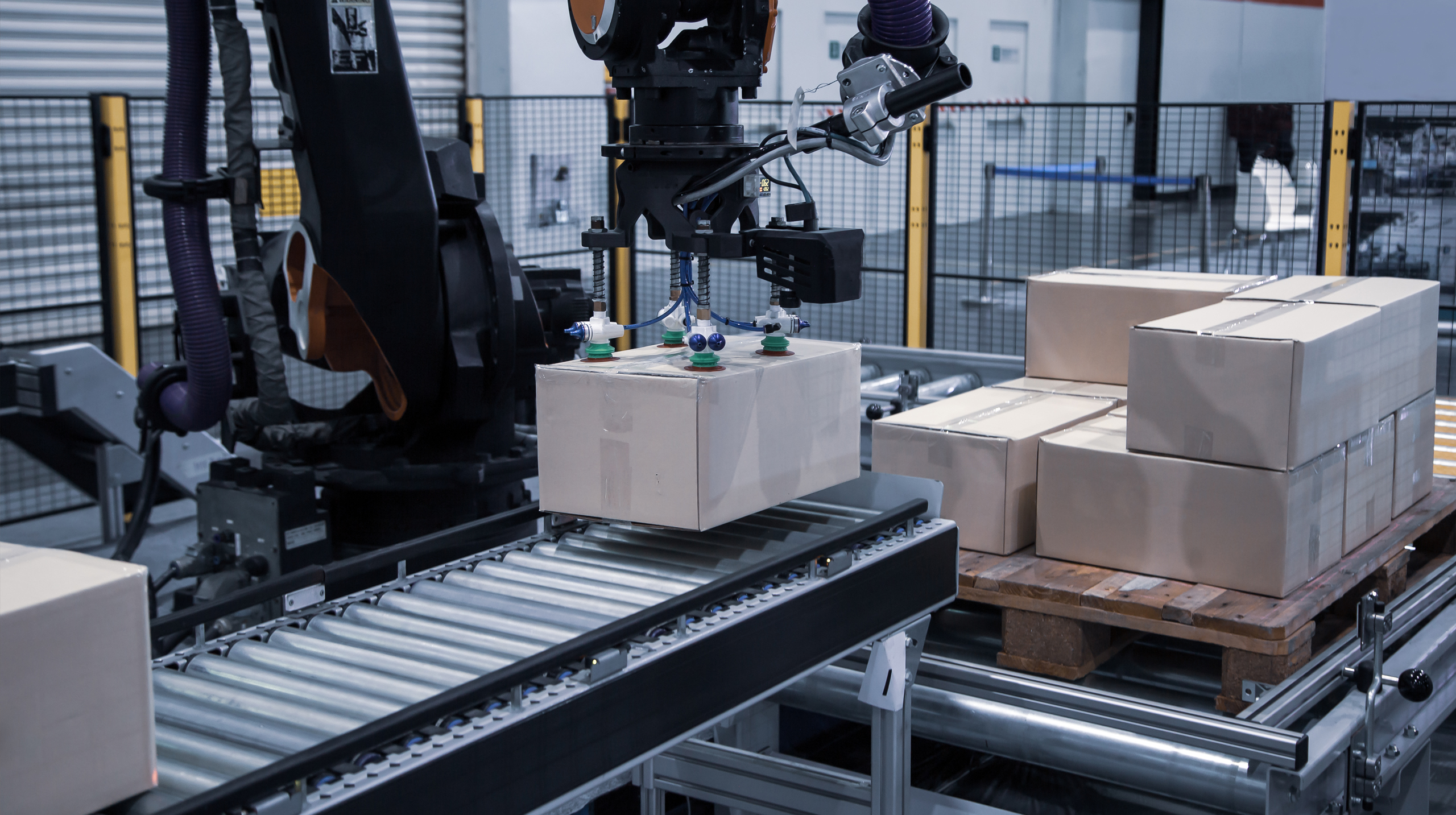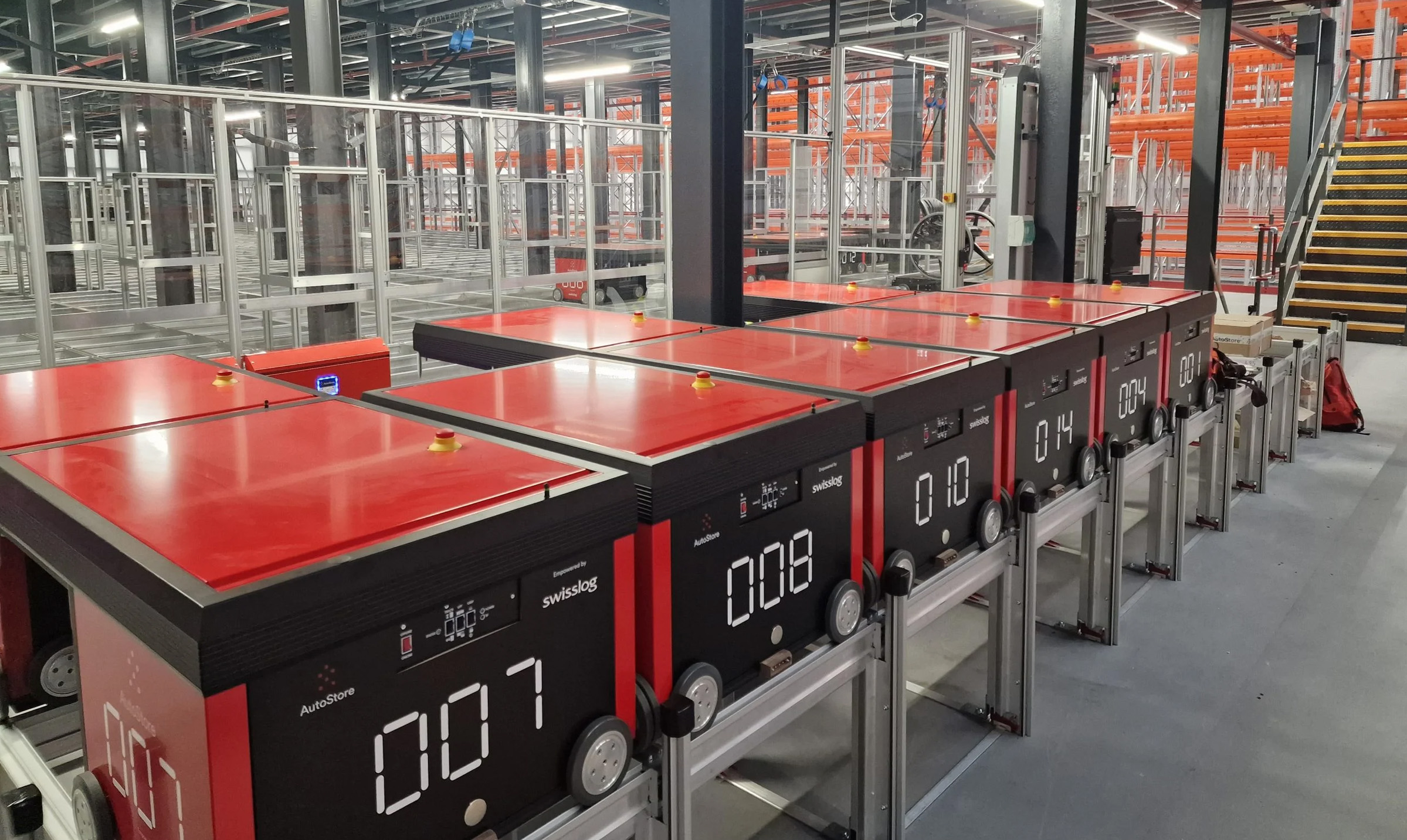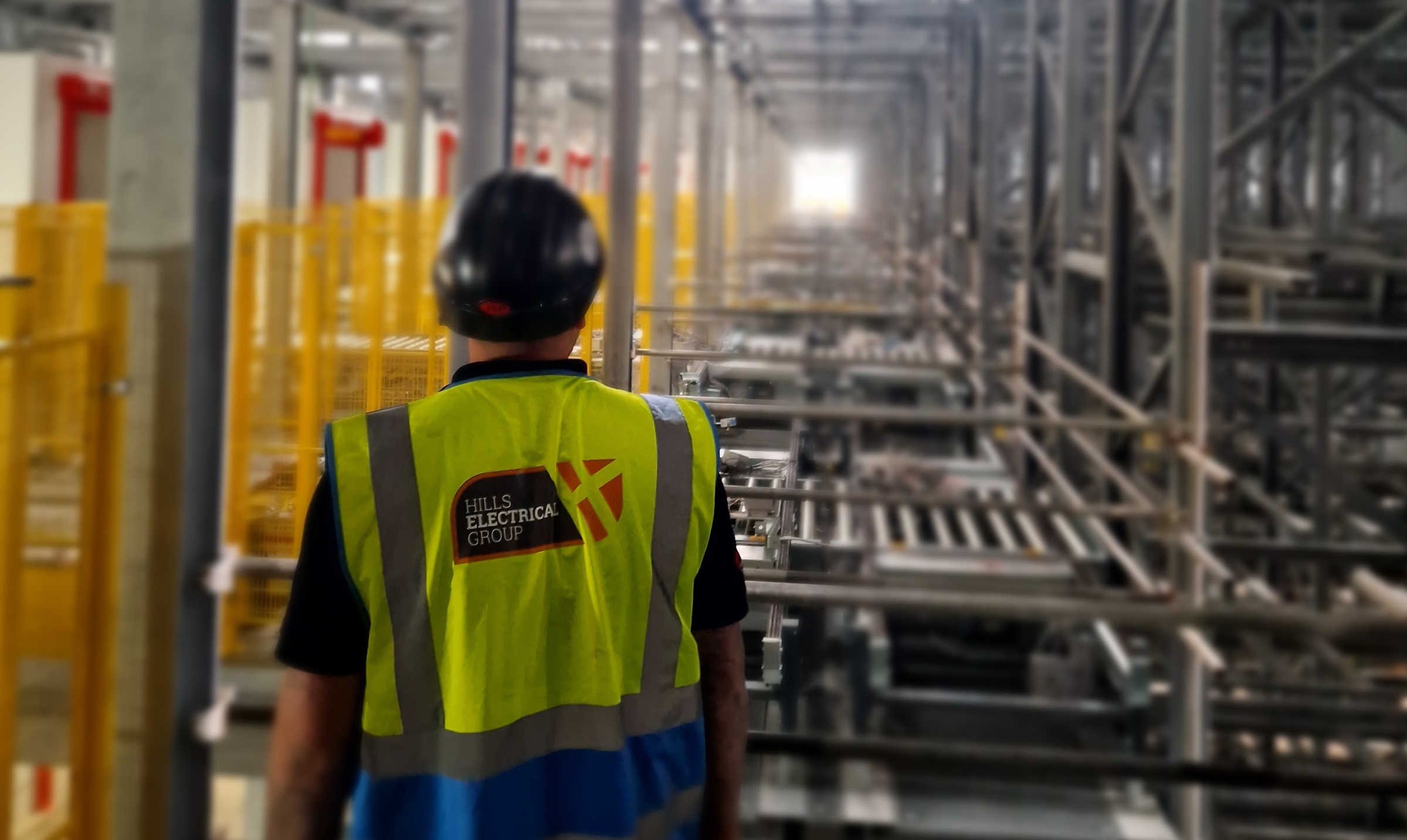DO YOU HAVE A NEW PROJECT?
Speak to a member of our team
Get in TouchLarge-scale recycling requires efficiency, accuracy, and cost-effective solutions. Discover how modern automated recycling machines streamline the process with state-of-the-art operations and functionality.
With growing pressure to recycle for sustainability, whether that’s conserving energy resources, reducing pollution, greenhouse gases and other benefits, automated recycling systems can provide society with efficient and cost-effective solutions.
But how does our mixed recycling get sorted with automation, and what are the best-automated recycling machines and systems available today?
In this piece, we discuss the definitions for automated recycling, the process required and how automated recycling systems work with each integral electrical component.
Automated recycling involves technology and machinery performing automatic sortation functions with limited manual control or interference.
In theory, the automated recycling sorting machine will identify materials from mixed recycling loads and separate these materials into designated areas. It’s possible to complete this process with advanced automation and control across conveyor and robotic systems working simultaneously.
More popular automated recycling systems deal with your general household recycling demands, which include sorting through large loads of mixed recycling. However, other recycling systems can manage specific materials like glass, garden waste and paper.
For most of us in the UK who take out the recycling bin every fortnight, we may separate glass into one section and cardboard into another before plastics and tin go together. And that’s probably the last we really know about our area’s recycling process before the binmen collect it at the curbside.
So, what begins with a curbside collection is taken to a materials recovery facility for processing and sortation. This stage will involve your designated automated recycling machine sorting through the materials alongside the operators on-site doing various manual recycling tasks.
Finally, the contaminated or non-recyclable items get separated before being removed to avoid spoiling the batch.
Before recent times, this process would have been completed by hand. But now, we’re seeing more advanced technological automated solutions save time, energy and money for recycling companies while making the environment safer for technicians and operators.
After any contaminated or non-recyclable items get removed, a vibrating machine separates cardboard and paper before operators separate by hand and bale them for collection.
The metal elements continue along the conveyor, where robotic magnets descend and remove them. With aluminium cans and tins, we must use a specific magnet that applies an “eddy current”.
The plastics are then identified and separated with optical scanners. These scanners can also separate different plastic polymers and be programmed to sort between colours. Finally, we have glass as the remaining material, which runs to the end of the conveyor and falls into its separate container.
With all our materials separated, each material gets sent away and recycled at a specialist centre. However, beyond the basic everyday recycling materials you find in a household, there are other mixed recycling systems for more specific items, such as electrical waste, wood and even concrete.
So, whether you’re looking for a general-purpose automated recycling sorting machine dealing with household items or something more specific to an industry, it’s crucial to understand the correct form of recycling for your needs.
Rules for recycling change depending on your district. However, we can expect the overall automation of your recycling system to adhere to the same general principles of sortation functionality.
We can divide an automated recycling machine into three main areas:
Before your automated recycling system can function and begin sorting, separating, and removing materials, you require the power to operate.
We see this aspect as the heart of your machine, pumping the electricity around your system so it can function effectively and efficiently. Connecting to a reliable and sufficient electricity source like mains distribution will sustain your system before establishing the necessary cabling infrastructure and networks.
Next, we have the brains of the operation, your control panel and sophisticated PLC programming units. A control panel is essential to your automated recycling sorting machine by maintaining power, controlling production, and directing operations while keeping your staff, machinery, and items safe.
While eliminating human error, reducing cost, and boosting energy efficiency, your control panel comes with advanced automated control, ensuring your recycling operations remain reliable, fluid and efficient.
Now, if the control panel represents the brain that operates your system, then PLC programming is the brain that helps your machine learn and develop. Whether counting and relaying to timing processes, PLC merges your recycling sorting operations into one streamlined configuration with defined data for operations and overall function.
With power across energy supply and control established, we move onto the main bulk of your recycling system, the conveyor. The essence of a material handling industry like recycling is nothing without a system that helps streamline processes, moving materials from one designation to the next with ease, efficiency, and precision.
Due to automated capabilities, your recycling sorting process can speed up at each stage without manual operation or interference. Depending on your recycling requirements, you can utilise different conveyor systems at your site.
Here are some types of conveyors that could potentially meet your automated recycling requirements:
Each conveyor system can perform a specific purpose to transport recycling materials from one stage of the sortation process to the next.
Integrating the necessary robotics into your conveyor system can enhance automated recycling sortation systems. For example, robotic arms can use magnets to remove metal materials or contain scanners to identify and separate plastics.
Ideal for automating and streamlining your operations, robotics is the final stage to completing your optimal recycling sorting machine.
Hills Electrical specialises in providing advanced automated electrical solutions across multiple industries, including recycling.
We understand that recycling household waste relies on efficiency and accuracy. Our custom, state-of-the-art sortation systems can enhance your processes while fitting perfectly in your environment. As a reliable commercial contractor since 2007, we can ensure the seamless running of your recycling processes with tailor-made automated solutions.
So, if you’re interested in investing in automated recycling sorting systems to advance your operations, get in touch. In the meantime, you can find more industry updates and valued insights on our LinkedIn page.
At Hills Electrical, we specialise in all types of electrical installation across energy industries, public utilities, and commercial establishments.
From brand-new mains installation to full electric refurbishments and small power services, our expert team of electricians are all NICEIC-approved with years of experience. We offer innovative and flexible electrical installation solutions across design, supply, and installation.
Our team can work collaboratively to help your business complete small and bigger-scale installation projects for your clients. Or we can work directly for your business to ensure you stay fully functional and minimise downtime.
So, if you’d like to see how our electrical installation solutions can enhance your business operations and improve your overall workplace safety, get in touch today.
In the meantime, don’t forget to follow us on LinkedIn for the latest updates and industry news.




Feel free to fill out our form below and a member of our team will be in touch.